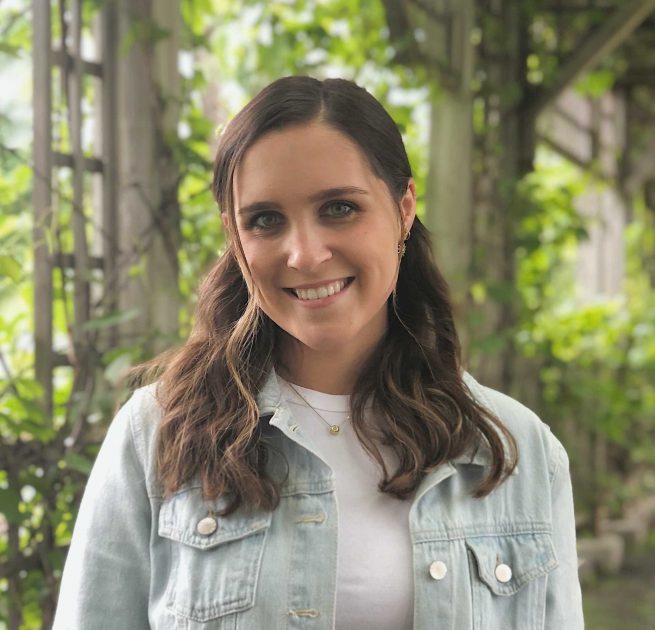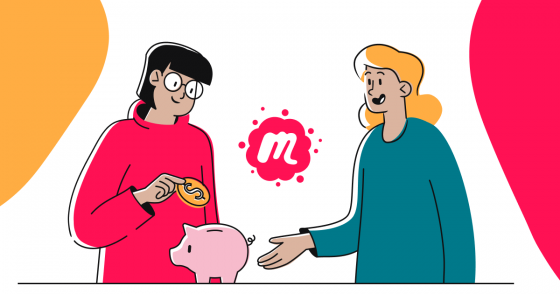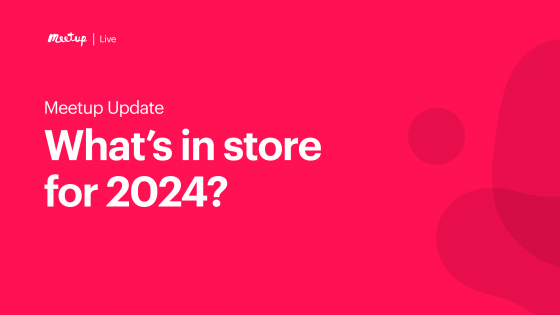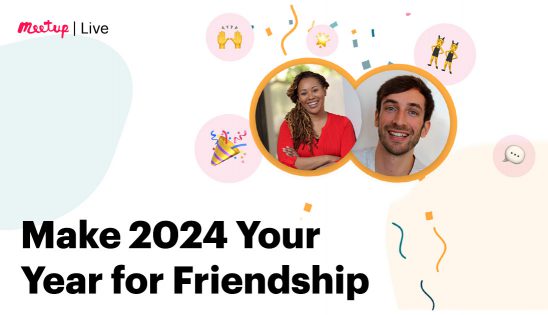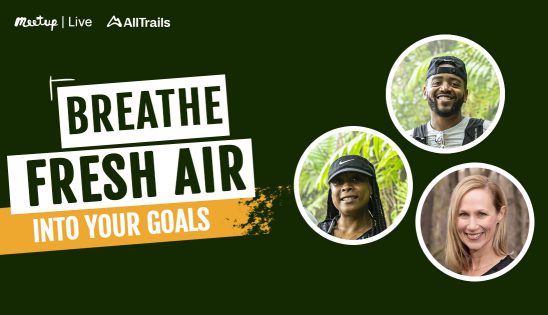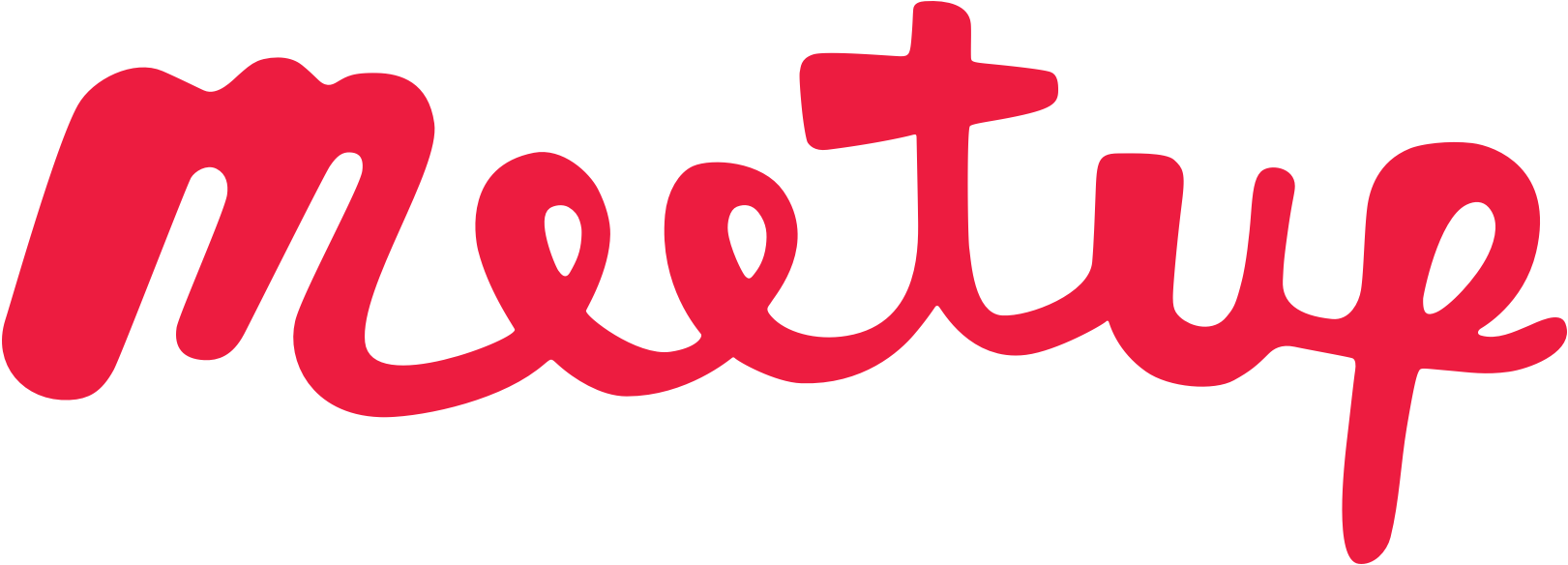Meetup organizers, we hear you and we’re here to help. We know that subscriptions and event-related costs have an impact on the ability to organize a group. That’s why we’ve rolled out platform tools to help offset your investment in community. In this installment of Meetup Live’s Monetizing Meetup series, we’re discussing Fundraising with Pledge.
Watch this recording with Meetup organizers Darcy Varney Kitching, Sarah Andrews, and Gregory Garoppolo for a discussion on how they have been using Meetup’s Fundraising tool to receive voluntary donations from group members. They’ll share advice for getting started, including how to set up a Pledge account and discuss the positive impact member donations have had on their group. Learn about different ways you can optimize this tool to enhance your organizing experience.
Main Takeaways:
How to introduce Pledge to your members:
- Sarah: We sent out an email when we first implemented Pledge to let everybody in the group know that it was there. It was very simple, and we included other information in the email as well. We did not solely focus the email on giving us money, it was more informative about Pledge: letting the group know we have very minimal costs that we’ve been paying for ourselves but would love it if our members could help out. We also have mentioned it at our big event once a month and we find when we do bring it up, then we’ll get an influx of donations.
- Darcy: We have almost 2,200 members so I send out an email to everyone. I informed them about the new feature and where they can find it. I let the members know there’s an opportunity for them to help us offset our costs. I list it on every event page and in the chat feature on the home page of our Meetup group. I don’t mention it at my events, I mostly communicate through messaging. Don’t be afraid to ask. I was absolutely amazed by the response, people naturally want to help when something is organized by volunteers.
- Gregory: I mention Pledge in our monthly reminder email. I have an email list of all of the people who have been a part of our group since it started, so I send out an email to everyone. One of the differential experiences I have is, some of the people that have donated, I’ve actually never met. The services I provide are there to help people and some who haven’t even been to my events donate because they feel a connection to the work I provide. I work with people that have communication differences so sometimes if you don’t tell them at the right time and in the right context, they might not donate even if they want to. So I recommend even asking in person, it might feel uncomfortable but asking is the only way you’ll get the help you need.
Building a community that wants to donate:
- Darcy: Our group is really close-knit. We have a lot of members in our group, but we have a core group of people who routinely are showing up. I think it’s the continuity of our group and the fact that we’ve been around for almost 8 years that helped us build strong relationships among our group members. There are all kinds of amazing relationships that develop just by showing up. I have heard from my group members, especially those who have chosen to donate with Pledge, that they value those connections so deeply and it’s so meaningful to them that they’re happy to help support the group.
- Sarah: At every event, whether it’s big or small, we use name tags. We make sure we’re welcoming everybody who comes in and we take at least a second to connect with everybody who’s there. That’s very important to us because creating the first connection to make people comfortable goes a long way. If someone looks like they’re shy or having trouble interacting, as the organizer, introduce them to other people.
- Gregory: Creating connections and a sense of community is important, but providing a sense of safety to your members is also essential. Making introductions lets people know who’s present, it can make your members more comfortable. It’s an important step that sometimes gets skipped over in groups.
How Pledge has helped organizers and their groups:
- Gregory: Pledge has helped us offset the fees associated with organizing on Meetup, our Zoom subscription, and the email-based software we use to help manage things. Pledge has also allowed me to compensate myself for my time because a lot goes into this group. Pledge allows my members who have limited resources to support the group. Without the support of Pledge, I wouldn’t have been able to continue to operate my group.
- Sarah: Pledge allows us to pay for the administrative fees on Meetup but we even had enough to fund our first Friendsgiving event. We were able to buy compostable utensils and plates, and higher-quality wine. We could put more into this event after using Pledge as opposed to our previous events where we would meet at a brewery and everybody would pay for their own drinks.
- Darcy: We have also used the money collected to pay for Meetup fees. I was also able to compensate myself for my time, which my members encourages me to do. I have also been able to pay for extra items the group might need. In December, we had a walk planned on a very cold day so I bought everyone hand and foot warmers and snacks. I told my members I had these extra supplies to keep them warm and that encouraged them to show up despite the cold. Without Pledge I wouldn’t have been able to go the extra mile to provide a better experience to my members.
Other Resources
- Darcy
- The Boulder Ramblers Meetup group
- The Boulder Ramblers Facebook
- Linktree
- Sarah
- AVL Digital Nomads Meetup group
- AVL Digital Nomads Instagram
- Gregory
- Autistic Self-Advocacy Portland (ASAP) Meetup group
Last modified on September 22, 2023


